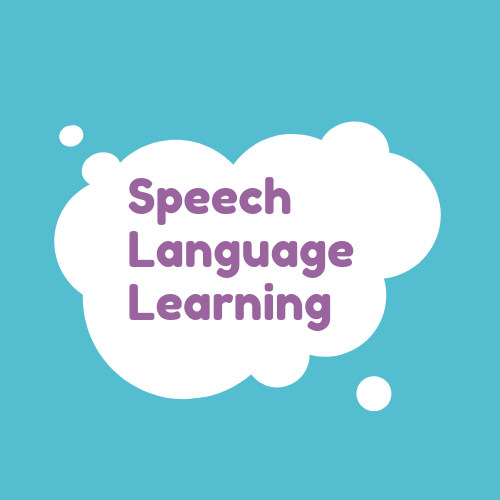Promoting Speech and Language Development in E-Learning Environments
In the rapidly evolving field of education, e-learning has emerged as a powerful tool to promote learning in various domains. However, when it comes to speech and language development, traditional face-to-face interactions have always been considered essential. With the advancement of technology, the impact of e-learning on Speech-Language Pathology is gaining attention.
Speech-language pathology, a specialized field focusing on the assessment and treatment of communication disorders, can greatly benefit from incorporating e-learning methodologies. By leveraging technology, educators and therapists can create dynamic and interactive platforms that enhance the language skills of individuals with speech difficulties.
One advantage of e-learning in speech-language pathology is the ability to provide personalized instruction. With online platforms, therapists can tailor content based on individual needs and provide targeted interventions. This customization ensures that learners receive appropriate and relevant materials that can facilitate their speech and language development.
Furthermore, e-learning environments offer engaging multimedia resources that can captivate learners’ attention and motivation. Videos, interactive games, and virtual reality simulations can make learning exciting and interactive. These resources can be designed to specifically target speech and language goals, such as improving articulation or expanding vocabulary. By incorporating such interactive elements, therapists can promote active participation and enhance the learning experience.
Another major benefit of e-learning in speech-language pathology is its accessibility. Online platforms can break down geographical barriers, allowing individuals from remote areas or underserved communities to access therapy and resources. This inclusivity ensures that even those who may not have direct access to speech-language pathologists can receive the services they require. Additionally, e-learning can provide flexibility in scheduling therapy sessions, allowing individuals to receive support at their convenience.
Collaboration and communication are integral elements of speech-language pathology, and e-learning can enhance these aspects as well. Online platforms can facilitate communication between therapists and learners through video conferencing, messaging, or discussion forums. This interaction allows therapists to monitor progress, provide feedback, and address concerns promptly. Moreover, e-learning platforms can also encourage peer collaboration, enabling learners to practice their communication skills with their peers in a safe and supportive environment.
However, it is crucial to acknowledge the potential limitations of e-learning in speech-language pathology. It cannot replace the value of face-to-face interactions and hands-on assessment, especially for certain complex cases. Therefore, a balanced approach that integrates both traditional and e-learning methods is essential to ensure comprehensive and effective speech-language therapy.
In conclusion, e-learning can play a vital role in promoting speech and language development in individuals with communication disorders. By leveraging technology, e-learning platforms can provide personalized instruction, engaging multimedia resources, and enhanced accessibility. However, it is important to strike a balance between technology and traditional methods to maximize learning outcomes and provide effective speech-language therapy.
************
Want to get more details?
Speech Language Learning, PLLC
https://www.speechlanguagelearning.net/
(802) 551-1230
1103 Cortelyou Road, Brooklyn, NY 11218

